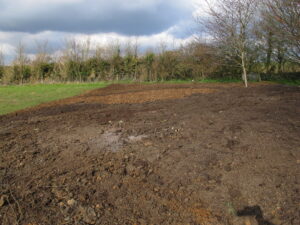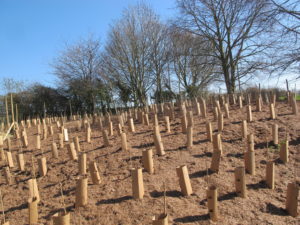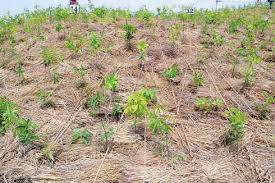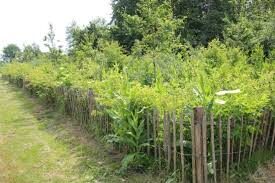Step 1: Native tree selection:
Selecting of the best mix of native trees for the project. These will be the proper ancient forest trees that are best adapted to the local environment.
Special interest given to canopy heights as this is a key to rapid growth and biodiversity.
A mix of at least twenty species is chosen.

Step 2 -Soil preparation:
Creation of a fertile, optimised soil for the area of forest. We are looking for a soil that would match nature’s most fertile and untouched.
Analysing of the soil and immediate area. A list is put together of the natural amendments needed to raise fertility and aid water and mineral retention.
Removal of the soil to a metre. The soil plus amendments are then added back to the forest area.
Soil compaction is lessened in this way and root establishment enhanced.

Step 3- Planting:
Trees are planted at least 3 per metre2 to encourage competition and rapid growth.
A mix of canopy heights is also key.
All trees are given additional natural amendments to maximise health and growth.

Step 4 – Mulching and irrigation:
Mulching with straw and wood chips to retain moisture and provided continued humus creation.
A hidden irrigation system can be added under the mulch if required.

